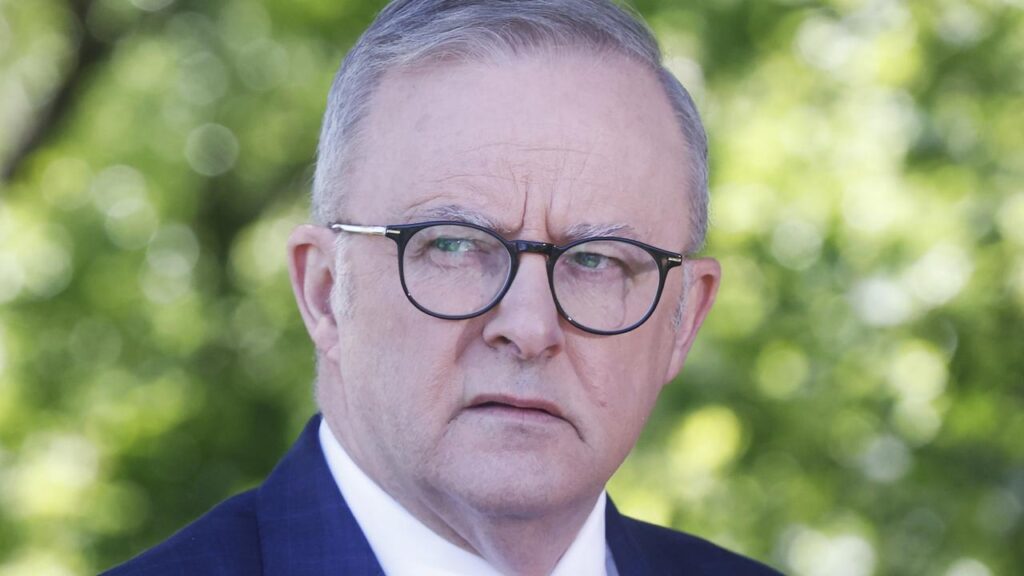RBA’s grim call on mortgage repayments
Written by admin on July 18, 2024
The rate of mortgage owners going into arrears has steadily increased since late 2022, as households on tighter budgets become more “vulnerable” to challenging economic conditions.
The Reserve Bank of Australia’s July Bulletin, released on Thursday, found recent first home buyers, borrowers who took out loans when interest rates hit record lows and highly leveraged mortgage holders on lower incomes are most at risk of falling behind on their repayments.
The average owner-occupier rate increased from a low of 2.52 per cent per annum in May 2022 to 4.98 per cent in January 2023, and 6.27 per cent as of May 2024, according to Savings.com.au.
Borrowers with loans with a debt-to-value ratio of 80 or more were at the highest risk of going into arrears, with the rates of going into arrears at the highest and increasing fastest.
“This largely reflects their smaller buffers making them less resilient to changes in their mortgage payments or budgets,” the article said.
Mortgagees with older loans were also more likely to fall behind, with the RBA reporting a five-year-old loan was “around twice as likely to fall into arrears as a two-year-old loan on average”.
“This is consistent with our understanding that arrears increase with time since origination, but that a borrowers’ circumstances tend not to change quickly,” it said.
A small but increasing group of households also appeared to be struggling, with the RBA Bulletin noting hardship notices have also “increased significantly since 2022”.
However, the Bulletin said that while it expected budgetary pressures to remain, there would be relief once inflation moderates.
“Looking ahead, household budget pressures are expected to remain elevated for some time but to ease a little as inflation moderates further,” it said.
“The expected gradual further labour market easing will be challenging for households who lose work.
“Banks expect housing loan arrears rates to increase a little further but remain low relative to history, based in part on their latest assessments of the economic outlook.”
The current cash rate has remained at 4.35 per cent since November 2023, with all eyes directed on June’s quarterly inflation figures which could determine whether interest rates will be increased when the RBA board meets on August 6.
Fears of an interest rate rise were increased in the March quarter after the CPI rose by 1 per cent to 3.6 per cent, remaining stubbornly above the RBA’s target 2 to 3 per cent range.
In June, RBA governor Michelle Bullock said Australia was “on the narrow path” and refused to rule anything in or out.
“We can stay basically, pretty much where we are: not ruling anything in, ruling anything out,” she told Senate estimates.
“But if it turns out, for example, that inflation starts to go up again or it’s much stickier than we think we’re not getting it down, then we won’t hesitate to move and raise interest rates again.”
However, if growth was lower than anticipated, Ms Bullock said the RBA would move to cut interest rates.
“If it turns out that the economy is much weaker than expected, and that puts more downward pressure on inflation, then we’ll be looking to ease,” she said.






